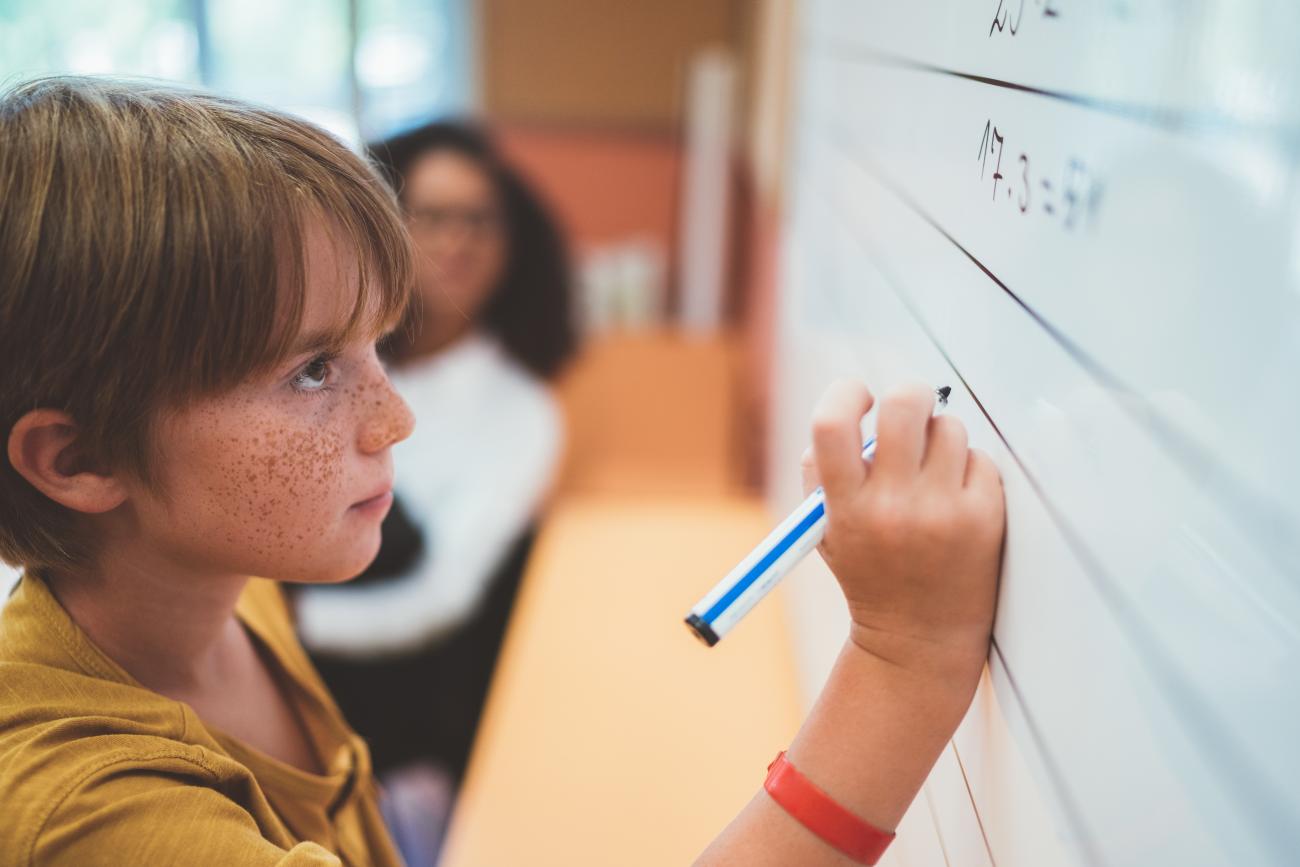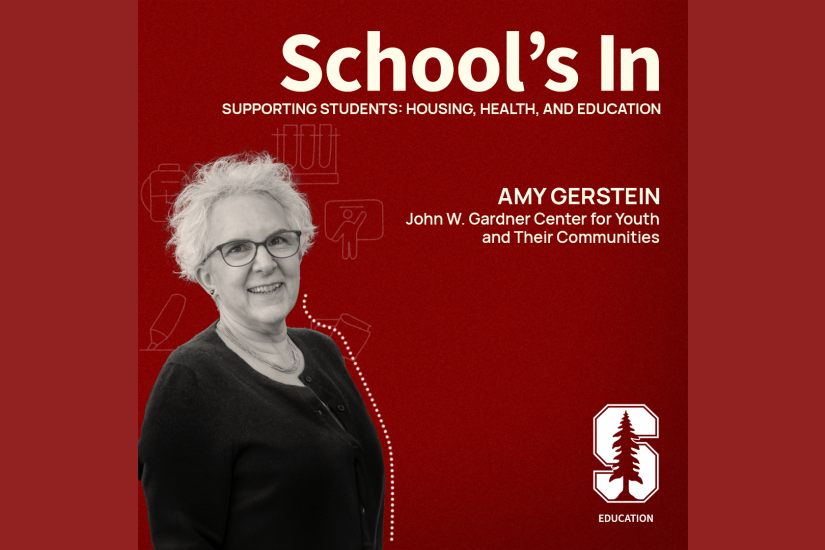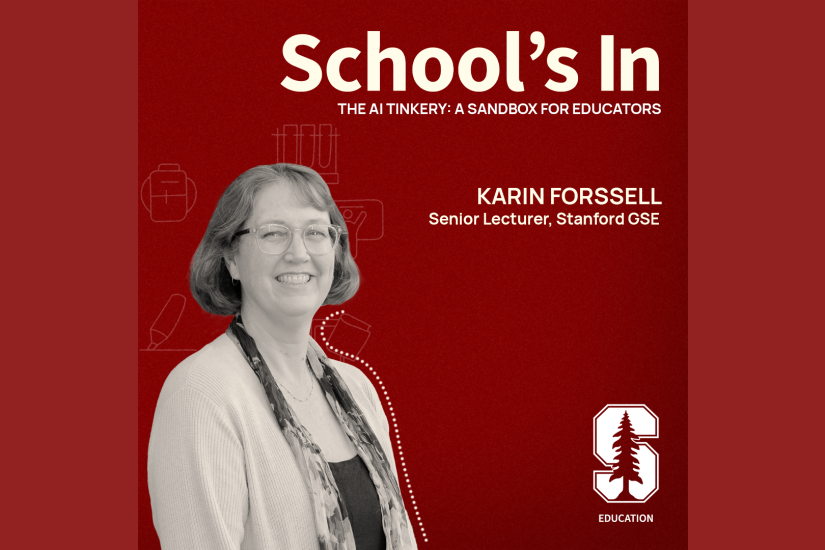
Helping kids identify as math learners
In a traditional mathematics classroom, the teacher is the ultimate authority, issuing directives and creating class rules for participation and behavior. But in some math classrooms, the teacher shares authority with students, encouraging them to explore problems, come up with their own solutions, and evaluate work in collaboration with their peers.
“There’s a whole body of work that focuses on the kinds of learning that are possible in active, collaborative, inquiry-based math classrooms,” says Jennifer Langer-Osuna, assistant professor at Stanford Graduate School of Education (GSE). “I’m interested in looking at these types of math classrooms as sites of becoming — sites of identity development.”
On this episode of School’s In, Langer-Osuna joins GSE Dean Dan Schwartz and Senior Lecturer Denise Pope to talk about techniques for boosting healthy math identities in the classroom.
“When the same kinds of interactions happen over and over again for a student, that [experience] starts to stabilize into a kind of mathematics-student identity,” says Langer-Osuna. Eventually, to their peers and to themselves, children begin to identify as struggling mathematicians, or as troublemakers, or as smart at math.
Conversely, children can learn to see themselves as “powerful doers and learners of mathematics,” says Langer-Osuna, when they experience math environments that create opportunities for kids to be recognized as legitimate members of the mathematics community.
You can listen to School's In on SiriusXM Insight channel 121, Apple Podcasts, Google Podcasts, Spotify, Stitcher and Soundcloud.
Faculty mentioned in this article: Jennifer Marie Langer-Osuna



